One, two, three steps down the diving board. A big bounce. And then Mason Moerdyk rose high, tucked, flipped one and half times and dived into the cold water with barely a splash.
He came up grinning, shaking his blond hair out of his eyes.
Forget stats about lung function and weight gain. This is how 16-year-old Mason measures his battle against cystic fibrosis: in the power and speed that fuels a graceful dive. In the ability to pursue a sport he loves.
Dr. Schuen came in and told me that we needed to still save for college, because my son was going to go to college and he was going to grow to be an old man. And I said, ‘OK.’
By that measure, Mason soared to new heights recently. He credits a device that aims to improve weight gain in cystic fibrosis patients.
“It changes your life,” he said of his personal experience. “It makes you stronger. It gives you more energy to do what you love. It changed mine for the better.”
Mason tried the device, called Relizorb, as part of a phase 3 clinical trial through the cystic fibrosis care center at Spectrum Health Helen DeVos Children’s Hospital.
It was the latest step in a lifelong effort to live a full life, pushing back against the constraints imposed by a chronic disease.
From fear to hope
Mason, of Hudsonville, Michigan, does not remember life without cystic fibrosis. The genetic disease occurs when a child inherits a copy of the gene mutation from both parents.
But his mother, Amanda Moerdyk, remembers clearly the day she learned her son had cystic fibrosis. Mason was 22 months old.
Looking at her blond, green-eyed toddler, she couldn’t help but think of her younger cousin, Julie, born in 1981, who had cystic fibrosis.
“She was gone by the time she was 7 years old,” Amanda said. “I still remember my uncle over her coffin, sobbing. It was traumatizing for all of us.
“When (Mason) was diagnosed, I looked at him and I thought, ‘My baby’s going to be gone before he even starts living.’”
I don’t think you should let anything like this control your life.
They met with John Schuen, MD, the division chief for pediatric pulmonology at Helen DeVos Children’s Hospital. He quickly told them much had changed in the cystic fibrosis world. New treatments had dramatically increased life expectancy for kids born with the disease.
“Dr. Schuen came in and told me that we needed to still save for college, because my son was going to go to college and he was going to grow to be an old man,” she said. “And I said, ‘OK.’”
Amanda and her husband, Shane, looked to their son’s future and saw a new story unfolding. They began to plan for a long life, filled with as many opportunities as possible. They would not let the disease define him.
“He’s not cystic fibrosis,” Amanda said. “He’s Mason. He just has cystic fibrosis.”
Mason embraced that attitude. “I don’t think you should let anything like this control your life,” he said.
Now, Mason is a teenager with a passion for playing the trumpet and bass guitar, who dreams of a career in music. A Boy Scout, he is working on his Eagle Scout project.
And just this school year, he tried diving. He joined the Jenison High School dive team and took to it like a swan to a swan dive.
“I really, really love diving—to the point where I want to do it forever,” he said. “It’s a hard sport. It challenges your body and mind.”
Reaching this point, while dealing with cystic fibrosis, has not been easy.
The CF gene mutation affects cells that line the nose, sinus and airways. The cells’ chloride channel, which normally transports salt and water out of the cell, does not work.
“Water doesn’t flow, so everything sticks. And their mucus is thick,” said Mason’s pediatric pulmonologist, Susan Millard, MD.
The buildup of mucus causes chronic coughing, damages the sinuses and airway and leads to recurrent lung and sinus infections.
Every day, Mason undergoes a 40-minute regimen. He inhales breathing treatments with a nebulizer and dons a vest that shakes up the lungs to loosen mucus.
When he’s sick, he does this two or three times a day.
Weight-gain woes
Weight gain posed another major hurdle for Mason. Like 90 percent of CF patients, he has “pancreatic insufficiency.” Fibrosis in the pancreas impairs the organ’s ability to make the enzymes needed to digest fat and some proteins.
With every meal, Mason takes enzyme replacement pills.
Still, it can be difficult to eat all the food his body needs. A cystic fibrosis patient requires 50 percent more calories than others. When Mason was little, his mother used to chase him around with cookies, begging him to eat just a little bit more. Now, at 16, Mason needs 3,500 calories a day.
The summer before fourth grade, as his weight lagged and he became sick repeatedly, he had a feeding tube surgically installed into his stomach. At night, nutritional supplements pumped into his belly. During the day, a cap sealed the end of the tube, which extended a couple of inches from his abdomen.
Maintaining weight for a cystic fibrosis patient is so important. Weight and life expectancy go hand in hand.
He used the feeding tube for three years, until seventh grade. Although the tube remained in place, Mason resisted any suggestion of resuming the nightly feedings.
“I think at that point, it affected my subconscious,” he said. “It made me feel different or weird.”
And the tube feedings made him feel physically uncomfortable.
Although he would take enzyme pills before bed and in the morning, that was not enough to handle the digestion of the food delivered throughout the night. He woke up feeling bloated, his belly so full that he couldn’t eat breakfast.
In eighth grade, an illness landed him in the hospital for two weeks. While there, he used the feeding tube. His weight reached 115 pounds for the first time.
“But I was so bloated I didn’t get out of my bed the whole day,” he said.
Once home, Mason stopped using the feeding tube. He vowed to have it removed the day he turned 18.
Diving power
Last fall, at the beginning of Mason’s sophomore year, Dr. Millard and Cindy Gile, BS, a clinical research coordinator with the cystic fibrosis care center, asked if he wanted to take part in a clinical trial for using Relizorb. The device, created by Alcresta Pharmaceuticals, received Food and Drug Administration approval in 2015 for use in adults. The new study tested its use in pediatric patients.
Relizorb consists of an enzyme-lined cartridge that attaches to a feeding tube. Food flowing from the bag goes through the cartridge and picks up enzymes before it reaches the stomach. The patient receives both food and enzymes at the same time.
The study tested whether the device could improve digestion and absorption of nutrients, a key concern for young people with CF.
“Maintaining weight for a cystic fibrosis patient is so important,” Gile said. “Weight and life expectancy go hand in hand.”
Mason, still not a fan of feeding tubes, didn’t see much promise in the device, but he agreed to give it a try. His mother said if Relizorb did not improve his life, she would support his decision to have the feeding tube removed.
“I was just starting to dive,” he said. “I figured I might as well get my feeding tube out faster because I was pretty annoyed with it. It was just there on my body, sitting there. It didn’t seem to help much.”
He resumed tube feedings, receiving an extra 1,500 calories a night. At first, the enzyme cartridge did not seem to make a difference. Mason still felt bloated in the morning and throughout the day.
But about a month into the trial, he noticed changes. The bloated feeling disappeared. He woke up hungry enough to eat breakfast.
His weight inched upward, rising 7 pounds in four months. This happened even as he burned through a lot of extra calories with three-hour daily dive practices.
“He maintained weight and gained weight, even though he was in a varsity sport,” Gile noted.
Mason could breathe easier, too.
“I could do more things at a time without losing my breath,” he said.
He began to notice muscles in the shoulders, chest and arms.
It all added up to a big breakthrough on the dive team. He got more bounce off the diving board, and tricky dives became a bit easier.
He reached a big turning point when he scored 120 points at a meet―the first time he broke 100. Just a month later, he crushed that score, racking up 259 points.
After swim and dive season wrapped up, he thought he would need to take a break, to recover energy and weight. Instead, he joined the track team.
And that annoying feeding tube that he couldn’t wait to ditch? He has a new view on it.
“Now that I’ve seen the difference, I want to keep my feeding tube―probably for forever,” he said. “If I can keep gaining weight and muscle mass, I might as well keep it.”
‘Revolutionary’ changes
Relizorb, still under investigation for pediatric patients, is one of several new developments aimed at improving the lives of people with cystic fibrosis.
Mason also benefited from Orkambi, a gene therapy drug approved in 2015 that improved his lung function. Without it, the dive team would not have been possible, his mother said. He would not have been able to handle the chlorinated air of an indoor pool.
Other children benefit from earlier detection and treatment of the disease, Dr. Millard said. In 2007, Michigan added cystic fibrosis to the newborn screening program.
With better medications to fight infections and prevent lung disease, many children with cystic fibrosis can manage symptoms and participate in school activities.
“It’s just been in the last five or six years that it’s been a lot better,” Dr. Millard said. “All the new meds and inhaled meds and Orkambi are dramatically changing how people feel. (The advances) are really revolutionary.”
Researchers continue to push for more breakthroughs, she added. Doctors and patients at Spectrum Health’s cystic fibrosis care center are taking part in 15 clinical trials for adult and pediatric patients.
The Moerdyks appreciate the opportunity to take part in a research study, Amanda said. They see it as a way to show gratitude to the patients and doctors who have helped bring about the latest medical advances.
“Things are so different now, and it’s because of people who do clinical trials,” Amanda said. “We have all those people before us who did trials that we thank.”
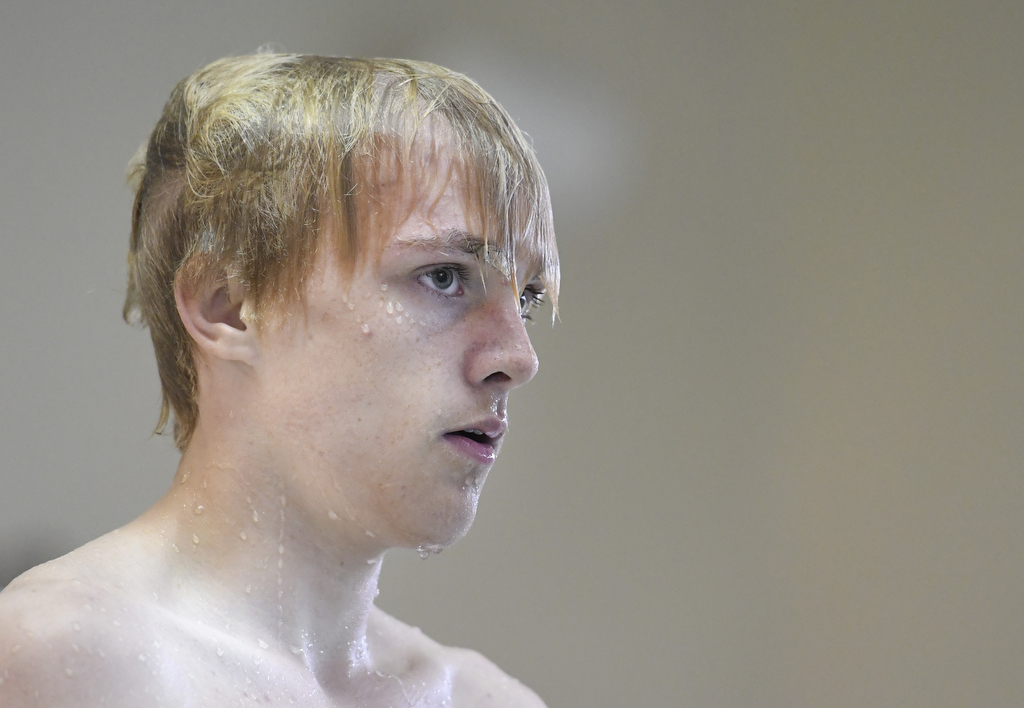


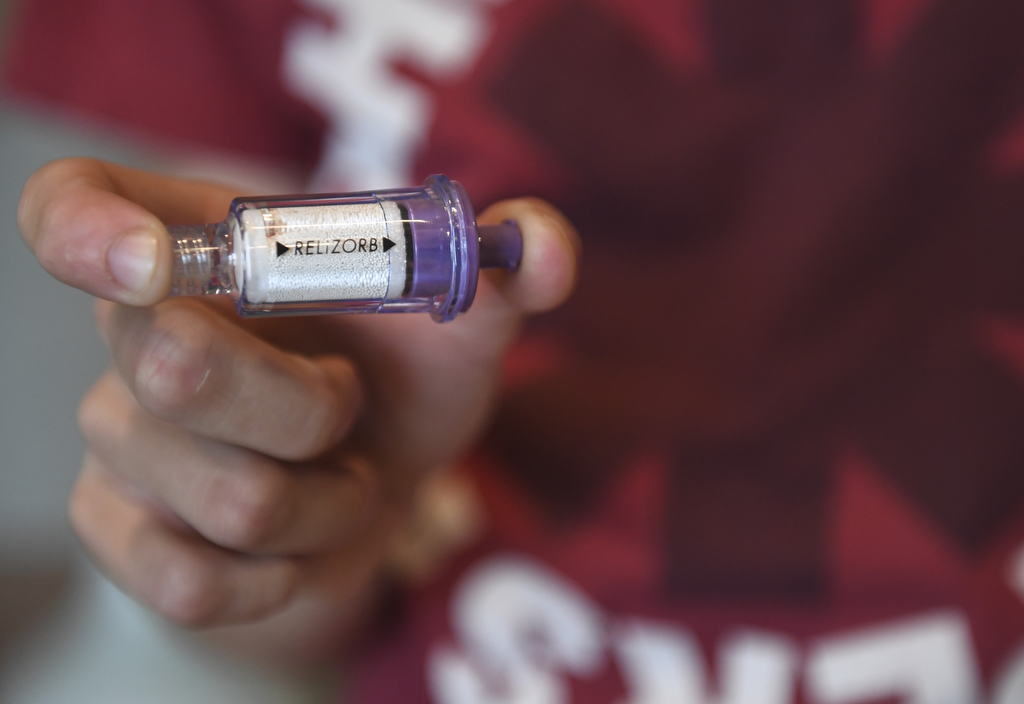
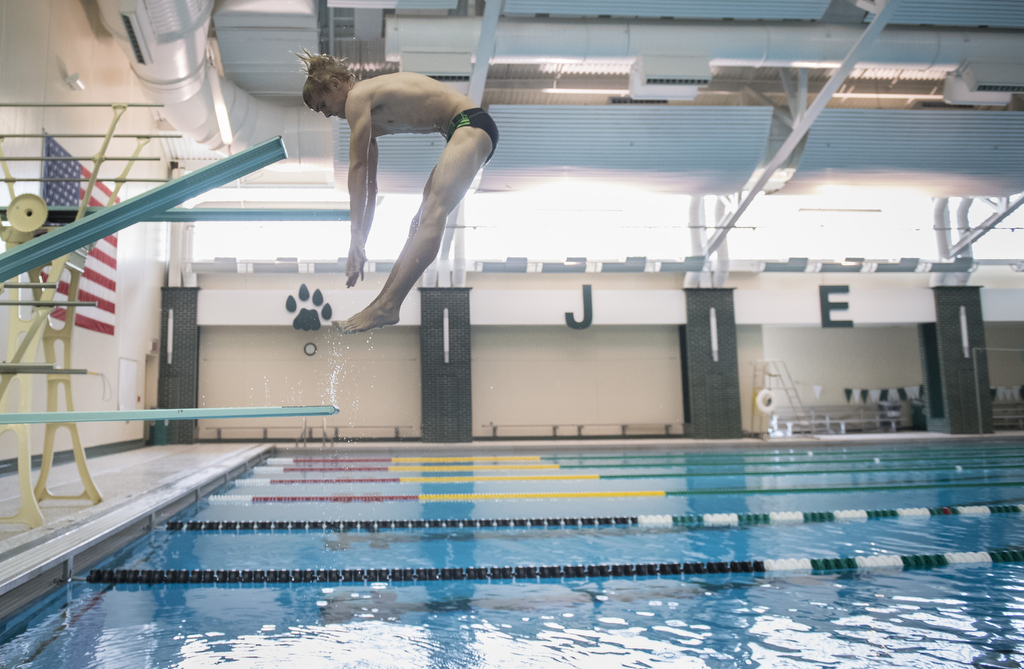
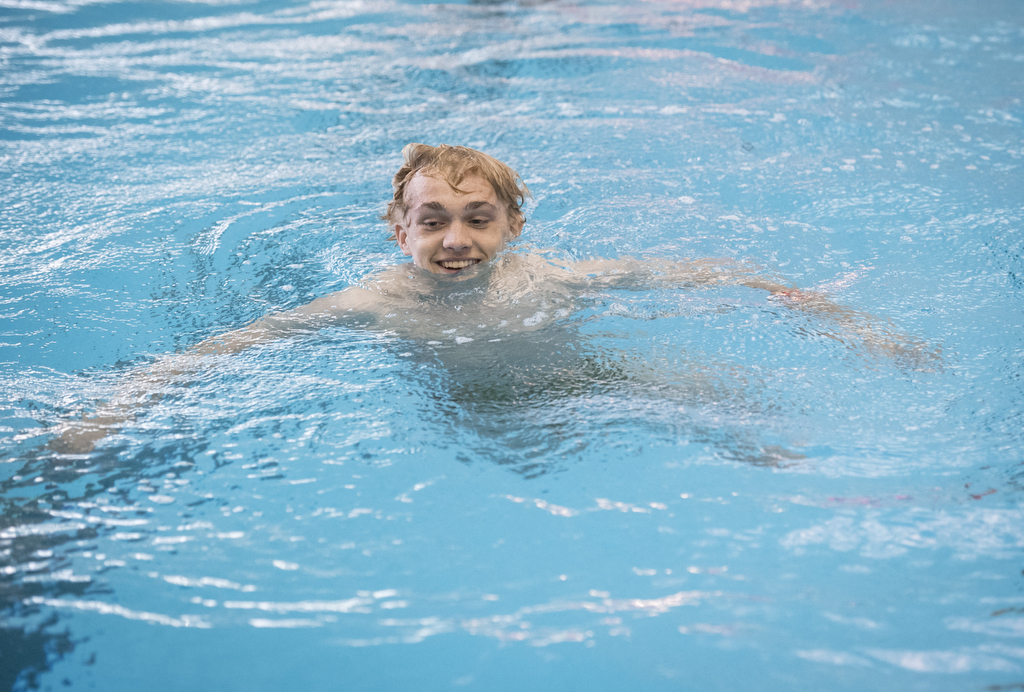


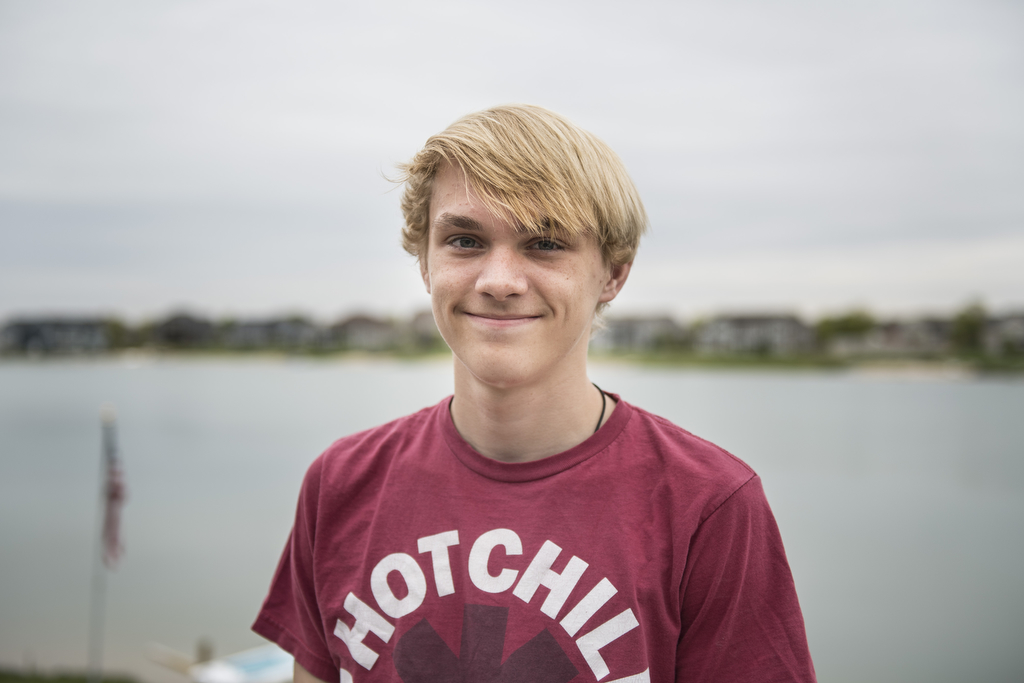


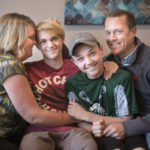
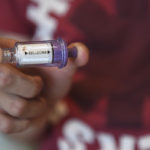
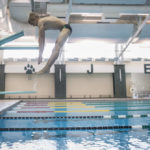




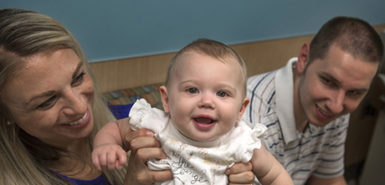 /a>
/a>
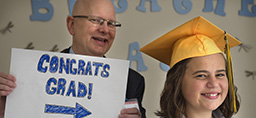 /a>
/a>
 /a>
/a>
So proud to be a part of the research team that offers these opportunities to CF patients at Spectrum Health and Helen DeVos Children’s Hospital CF Care Centers, and to see them benefit from studies they volunteer to participate in.
We couldn’t do what we do without people like Mason and his family, being willing to try something new and participate in clinical trials.
Thank you!
How wonderful. Our granddaughter has T1 diabetes. How does one get chosen to do clinical trials?
Thanks, Bunetta, for being a Health Beat reader… and for you kind comment. We suggest your family discuss options with your granddaughter’s diabetes specialist. He or she will be best able to determine if there are trials that would be suitable for your granddaughter’s specific situation. Many thanks and best wishes to you both. 🙂
Thank you so much Cheryl. It was an uplifting story.
Thanks for asking Bunetta, there is an active research presence at the HDVCH Endocrine and Diabetes Clinic. Ask their endocrine provider for information about the ongoing studies when they come in for an appointment.
I’ve gotten to know Mason through the Jenison Marching Band, and I can tell you, he does not let this slow him down! He’s right out there working as hard as any other kid! Keep fighting Mason, you’re amazing!